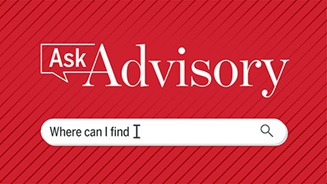Higher-than-recommended hospital noise levels may cause patients to lose sleep and impede their ability to heal, according to a new study in the Archives of Internal Medicine.
The World Health Organization recommends that average patient room noise levels remain around 30 decibels. According to Medscape Medical News, the recommended maximum noise level is 40 decibels.
But the average sound level at hospitals, according to a recent study: 48 decibels.
Study methodology
Researchers from the University of Chicago's Pritzker School of Medicine evaluated the sleep quality of 106 patients between April 2010 and May 2011. They used sound level monitors to record beside noise levels and wrist activity monitors for objective sleep data.
The findings showed that the the peak noise level rivaled that of a chainsaw and reached more than 80 decibels. In addition, the researchers found that hospital noise levels reached 67 decibels in the ICU and 42 decibels in surgical wards. The most common sources of noise reported by patients were staff conversation, roommates, alarms, intercoms, and pagers.
According to the study, 42% of patients reported being woken up by noise and many reported sleeping significantly less than normal while in the hospital. Patients exposed to the loudest average nighttime noises slept an average of 76 minutes less than patients exposed to the quietest noises.
"Despite the importance of sleep for recovery, hospital noise may put patients at risk for sleep loss and its associated negative effects," the authors write. However, they add that hospitals can make modifications to reduce overall noise levels. "Hospitals should implement interventions to reduce nighttime noise levels in an effort to improve patient sleep, which may also improve patient satisfaction and health outcomes" (Garcia, Medscape Medical News, 1/9; Pittman, Reuters, 1/11).
Don't miss out on the latest Advisory Board insights
Create your free account to access 1 resource, including the latest research and webinars.
Want access without creating an account?
You have 1 free members-only resource remaining this month.
1 free members-only resources remaining
1 free members-only resources remaining
You've reached your limit of free insights
Become a member to access all of Advisory Board's resources, events, and experts
Never miss out on the latest innovative health care content tailored to you.
Benefits include:
You've reached your limit of free insights
Become a member to access all of Advisory Board's resources, events, and experts
Never miss out on the latest innovative health care content tailored to you.
Benefits include:
This content is available through your Curated Research partnership with Advisory Board. Click on ‘view this resource’ to read the full piece
Email ask@advisory.com to learn more
Click on ‘Become a Member’ to learn about the benefits of a Full-Access partnership with Advisory Board
Never miss out on the latest innovative health care content tailored to you.

